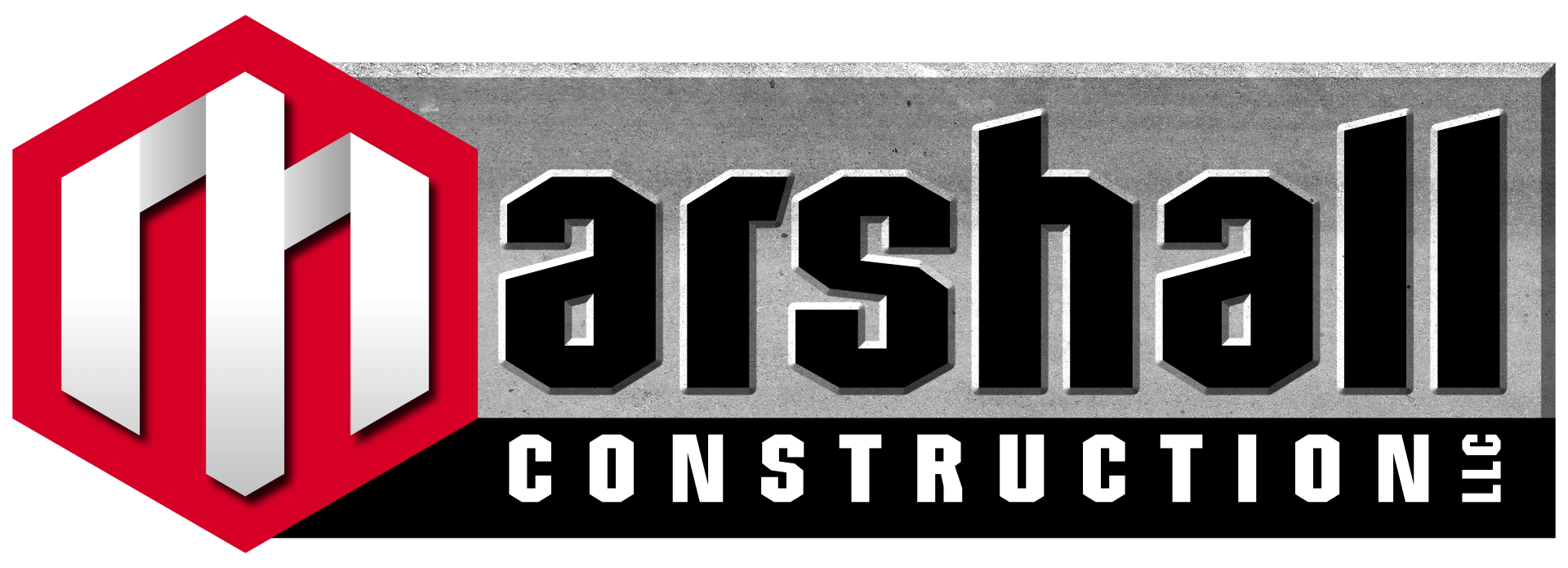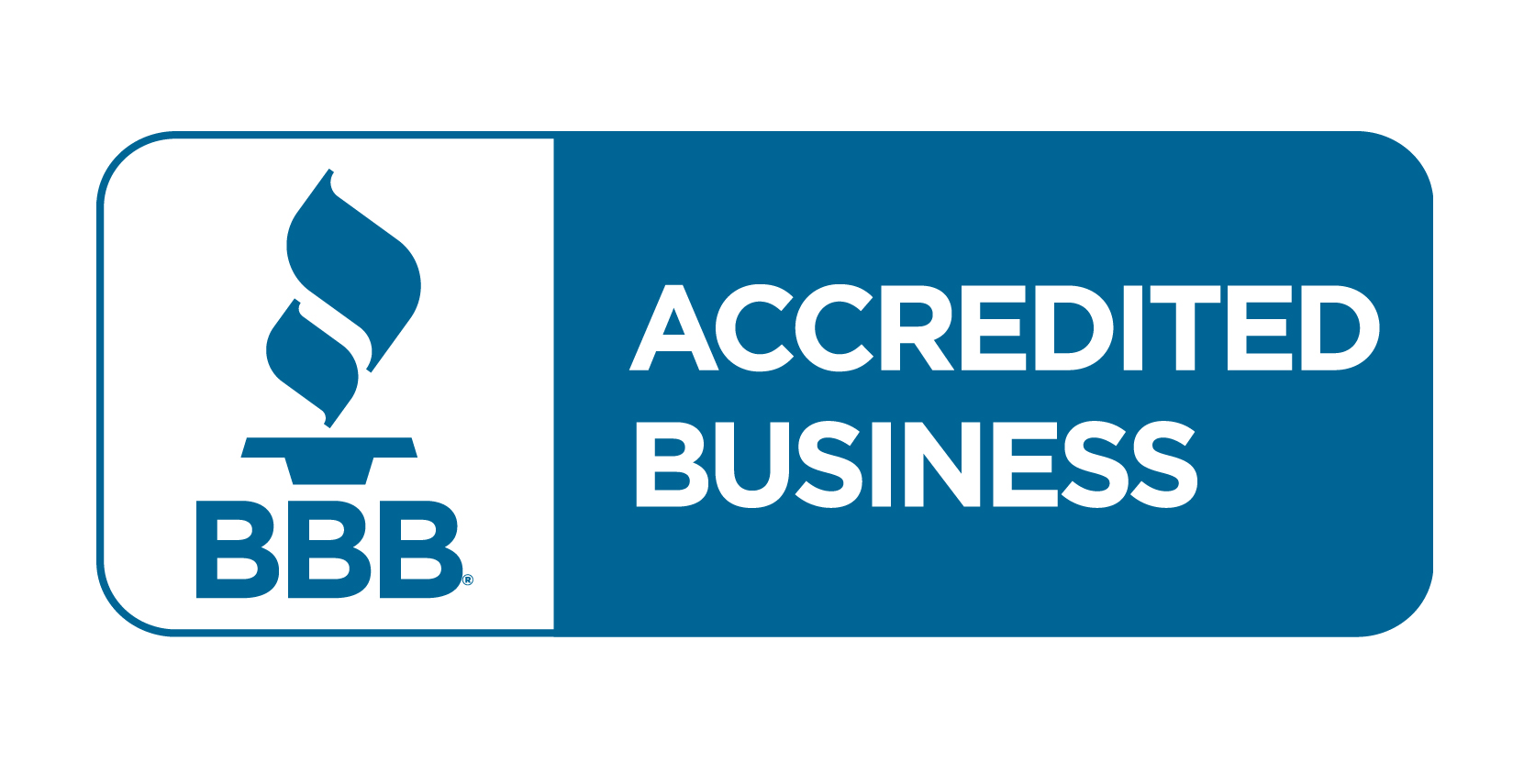Warranty
Quality Guaranteed for Your Peace of Mind
We provide warranty protection that remains valid from the time of service until the specified expiration date. These packages encompass extra materials designed to enhance the longevity and durability of your driveway.
3-5 Year Warranty For All Concrete Installations
1-2 Year Warranty For All Asphalt Installations
Warranties excludes any displacement of chipping between new and old or existing concrete or pavements, sealers, drains, pipes or downspouts. Concrete or asphalt patches/repairs, decorative or finely finished surfaces, concrete coloration and landscaping are also excluded.

